Waterford city has won the Irish Times Best Place to Live in Ireland contest 2021. It was the unanimous choice of the judging panel after 15 weeks of nominations, research and deliberation in the competition, which is supported by Randox Health.
As a small city with a low profile, this year’s winner offers a very different living experience from Westport, Co Mayo, which won the previous Irish Times Best Place to Live competition, in 2012. But the more the judges explored this historic, down-to-earth and affordable city, in a stunning location on the southeast coast of Ireland, the more they concluded it is great place to call home.
After the contest began, on June 12th, 2,400 people nominated 470 places across all 32 counties. The judging panel – Zainab Boladale, presenter of RTÉ’s Nationwide; Rosita Boland, Irish Times journalist; Dr Illona Duffy, GP and public-health commentator; Simon Wall, Mayo county architect; and, as the chair, the Irish Times journalist Conor Goodman – assessed the nominated cities, towns, villages and suburbs on criteria including affordability; natural amenities; buildings; community initiatives and spirit; presence of clubs, societies and activities; good local services; diversity; a welcome for outsiders; transport links; employment opportunities; digital links for distance working; and safety and security.
What makes Waterford city the Best Place to Live in Ireland? It beat stiff competition from four other shortlisted locations: Clonakilty, Co Cork; Galway city; Glaslough, Co Monaghan; and Killarney Co Kerry. These are the factors that swung it.
1. Scale, scale, scale
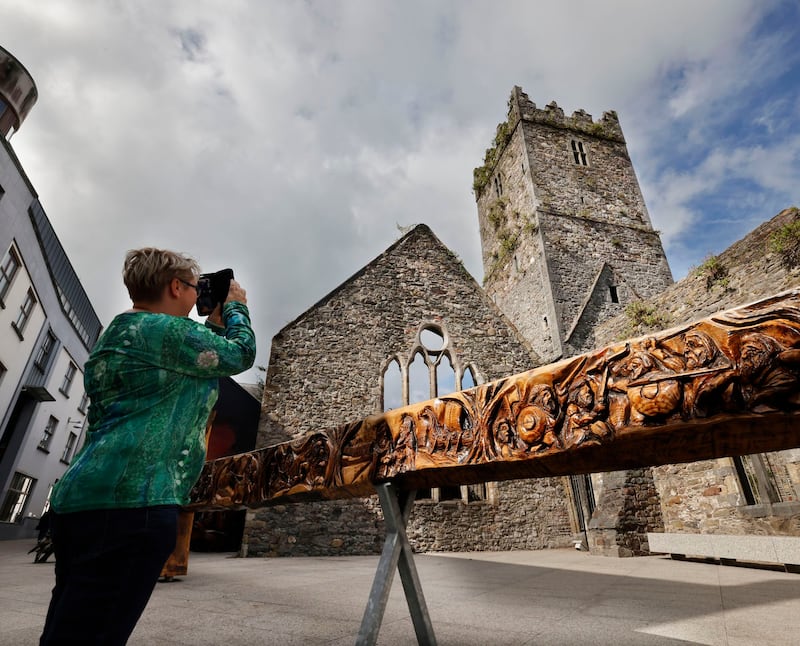
Mícheál Ó Foghlú’s original nomination said it “hits the sweet spot for size: not too small, not too big”, and the advantages of scale crop up one way or another with many who talk about living there. With a population of 53,504, it has all the services (professional, retail, cultural, educational) and resources of a city, but within 10 or 15 minutes you’re in countryside or on the coast. Residents say it has the feel of a town, where it’s common to bump into people you know on the street, but the sensibility and advantages of a city. Everything making Waterford a great place to live flows from its scale.
2. Affordability
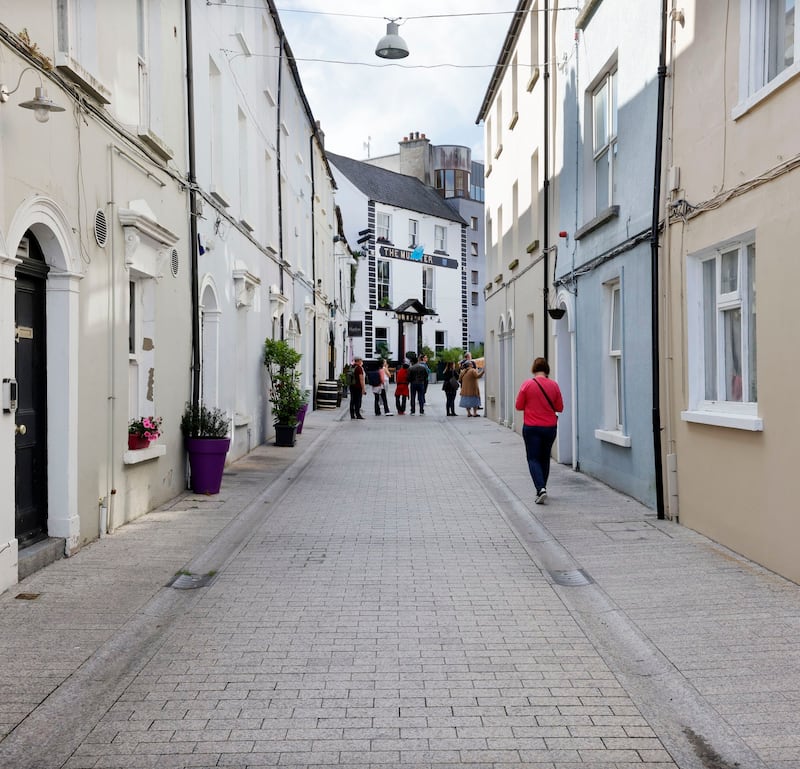
"Waterford has a lot going for it, and the price of housing is still not exorbitant," says Des Whelan, managing director of WLR FM and chairman both of Waterford Treasures museums and of Port of Waterford. In Waterford city, availability and affordability are good, with house prices averaging €202,150; myhome.ie shows 76 homes for sale, 51 of them at or below €250,000. "So many people in Ireland are buckling under the pressure of the housing crisis," says Conor Goodman, chair of the judging panel. "The last thing we wanted was to choose a place that might be lovely to live in but that only those on high incomes can afford. Almost nowhere in Ireland is cheap, but Waterford, among its many great attributes, is accessible to a lot of people on a variety of incomes. That's one of the key reasons the judges have named it Best Place to Live."
3. A walkable city centre
Michael Walsh, the chief executive of Waterford City and County Council, is conscious of creating a good centre, “like the front parlour of the home, by which most people judge a place. We are a city of old streets, with strong character.”
The core is a manageable triangle that goes along the quays and has an apex at the Apple Market. It’s a Georgian city with terrific heritage and handsome buildings, a wide mall and gracious quays, plus a network of characterful streets and small alleyways. “Covid has been good to the city centre,” says Whelan, as it has brought more life to the area.
For Simon Wall, the architect and Best Place judge, “its Viking Triangle is an exceptional example of local-authority stewardship of the highest international standard. The seven-acre site, the city’s genesis, is a rich tapestry of new-build, refurbishment and conservation of commercial, residential and cultural gems. They’re woven together by a suite of outstanding pedestrian-friendly public spaces, facilitating outdoor dining, pocket parks, sculpture, history, culture and even chess, delivering walkable, liveable and happy communities, day and night.”
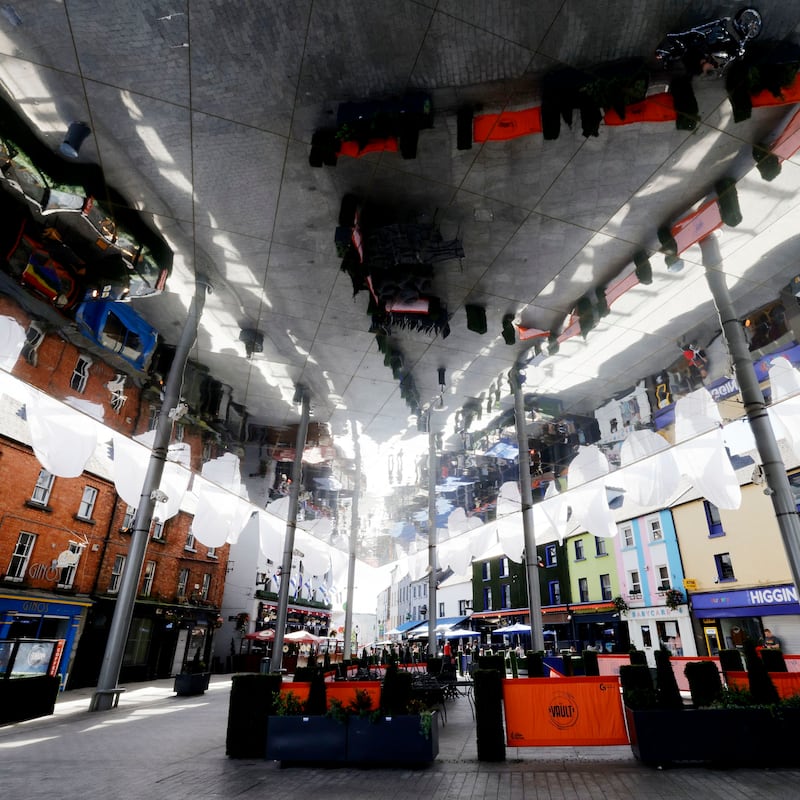
His fellow judge Rosita Boland says, “There are so many wonderful period buildings in its centre, now complemented by the thoughtfully designed new museums that have brought a new civic energy.”
The city had generous public space before the pandemic: John Roberts Square, cobbled and tree-planted, Apple Market’s giant glazed “roof” with outdoor dining on streets radiating from it. Many streets are pedestrianised or shared – “we don’t give cars cause to go in” to the core, says Walsh.
On a recent balmy midweek evening, the centre has the atmosphere of small continental European cities and feels quite safe. It’s “awash with activity, with residents and visitors dining, walking, socialising”, says Wall, pointing also to the quays and boardwalk, where “the city has chosen to install a clear glazed rail for its flood defences, mounted on a linear seating platform”.
It serves as a tidal defence but also a visual connection between city and river. There’s an attractive waterside outdoor performance area (signs forbidding skateboarding are, hearteningly, ignored).
4. Culture
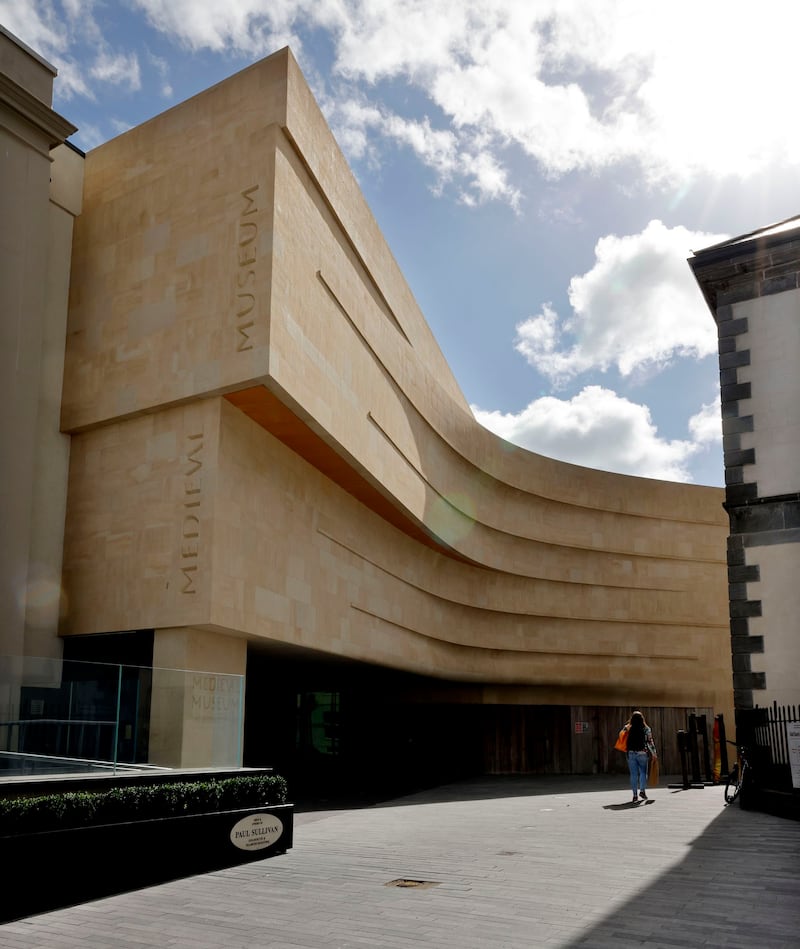
As well as excellent museums the city has several galleries and two theatres – the Theatre Royal, in the Viking Triangle, and Garter Lane, in the city's proposed Waterford Cultural Quarter, around O'Connell Street. The city has a strong music culture. Art is literally at home on the streets, with Waterford Walls' street art all over, and beautiful installations (blue flying geese, lanterns, filigree-like bronze discs) hanging above city streets, part of Spraoi's summer season. The sculptures on the Lady Lane side of the TRM clothes shop are gorgeous, agrees Dawn Cheasty, working there, one of several locals mentioning the pleasures of Spraoi and other festivals, including Imagine, Harvest and Winterval.
5. A residential core
This brings a sense of life to the city centre. The council has acquired and restored derelict property and is increasing the housing bank in the city. If you wander down the quiet quays at night, and look upwards, lights and glimpses of domesticity in windows point to living over the shop. “It’s a start, but there could be even more of it,” says a local, “and better cycle lanes too.” Sinead Gunnigle, a resident, talks about the convenience of living five minutes from her eclectic interiors shop, Nest, on the quays, close to her children’s city-centre school. (“It feels like a village school.”)
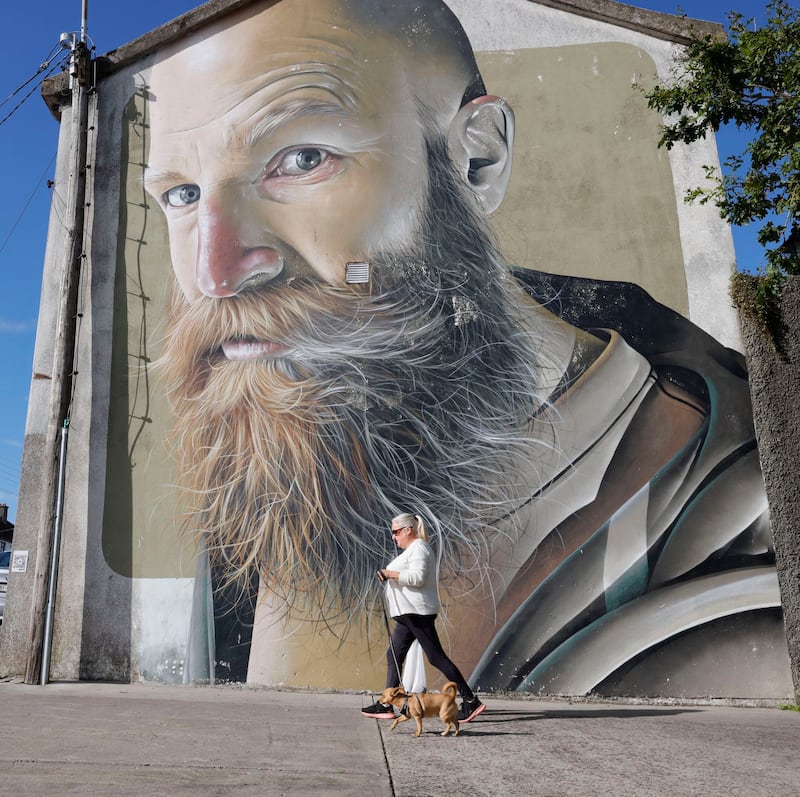
6. Traffic
Traffic is an issue in almost every place The Irish Times assessed for this competition but is far less of a problem in Waterford than in Cork, Dublin, Galway or Limerick. Again, this comes from scale: residents mention being able to get about and out of town easily and quickly.
7. Neighbourhoods
Michael Walsh, the city manager, talks about creating identifiable neighbourhoods with their own services, "trying to make it a 15-minute city". On the outskirts, thriving Ardkeen is a good mix, with housing, amenities and businesses, including Ardkeen Quality Food Store, WLR FM, University Hospital Waterford, and Grow HQ's nonprofit social enterprise, which includes a cafe and shop.
8. The hinterland, connectedness

The city is minutes from the Comeragh Mountains, several excellent beaches and the Copper Coast, with easy access to outdoor amenities. There's surfing or walking the beach in Tramore ("almost a suburb at this stage"), sailing in Dunmore East ("it isn't elitist here, anyone can sail"), plus Waterford Greenway. Well connected by rail, motorway and airport, it's within two hours' drive of Dublin and Cork cities.
9. The greenway
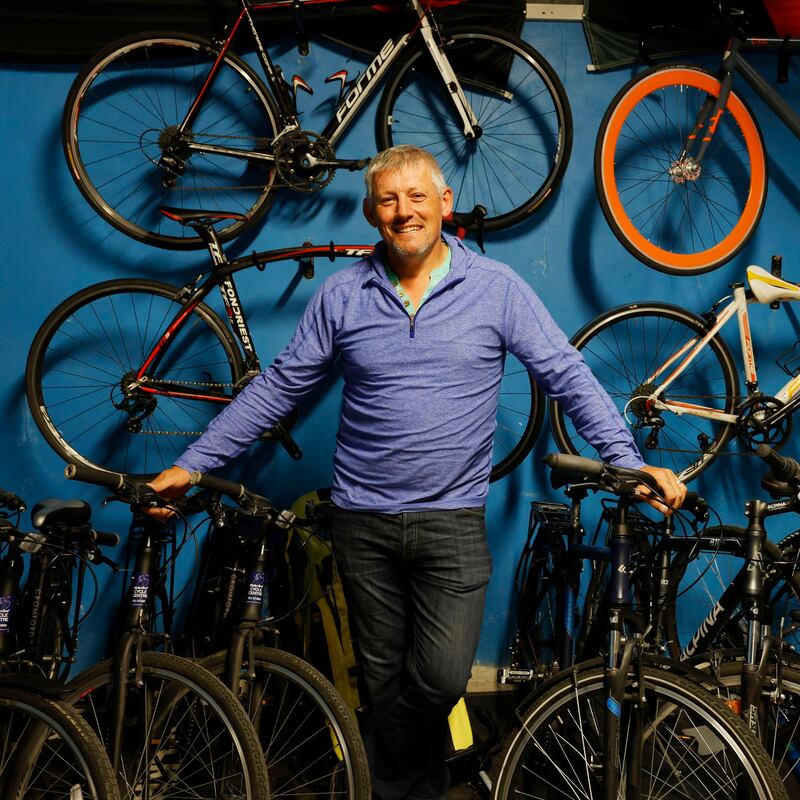
Along the former railway to Dungarvan, a 46km off-road cycling and walking trail has opened up the region, enlivening city and villages. It is to be extended another 25km, through the city, over a planned sustainable bridge and on to New Ross.
10. Job growth
There are jobs but also joblessness in Waterford city, and here the city has work to do. At its peak Waterford Crystal provided well-paid jobs for 3,000 people – on the back of which “the first chartered holidays went out of Waterford”, says Whelan – but the company’s closure, in 2009, was “traumatic for the city”.
Today the southeast has the State’s highest unemployment rates, and Walsh acknowledges that “attracting employment and investment is a continuing challenge. We are a European microcity of consequence. If we can enhance the quality of life continually, we can attract that investment, but we must remain true to our roots.”
On the plus side the city now has a strong tech and pharma sector, plus excellent remote-working hubs, and initiatives such as the Crystal Valley Tech start-up umbrella have great potential, points out Des Whelan.
11. The university
Waterford Institute of Technology merges with Carlow's to become the Technological University of South-East Ireland from January 2022, which is expected to further boost the college's influence. The Best Place to Live in Ireland judge Zainab Boladale says, "What amazes me about Waterford is every time I've visited, professionally or personally, there's new changes. Waterford has been quietly doing its own thing over the past few years. It's a place with a vibrant, youthful scene that may not be obvious to those outside, with WIT bringing in young people, and coworking spaces attracting techies. There's a lot to be said for a place that can cater to all ages, and welcomes those who've made it home."
12. Shopping
The retail offering is eclectic and characterful, with a great mix of independently owned shops, plus a growing foodie culture. On the quays near the Viking Triangle is a cluster of interesting new small shops: Bébhínn, Nest, Harlow Fine Jewellery, Muse, Shoebaloo and Youme. Then there are the Book Centre, Mulligans Pharmacy, Ardkeen Quality Food Store and RJ Keighery Antiques – plus Finders Keepers, the Hanger, new food shops such as the Italian Bakery, the Ice Cream Place and the Seagull Bakery.
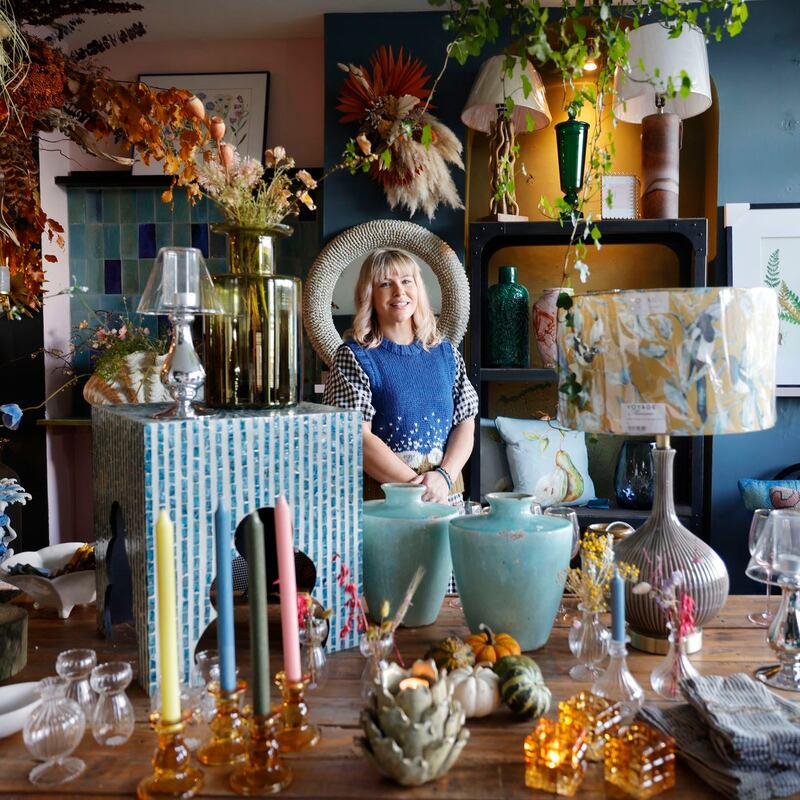
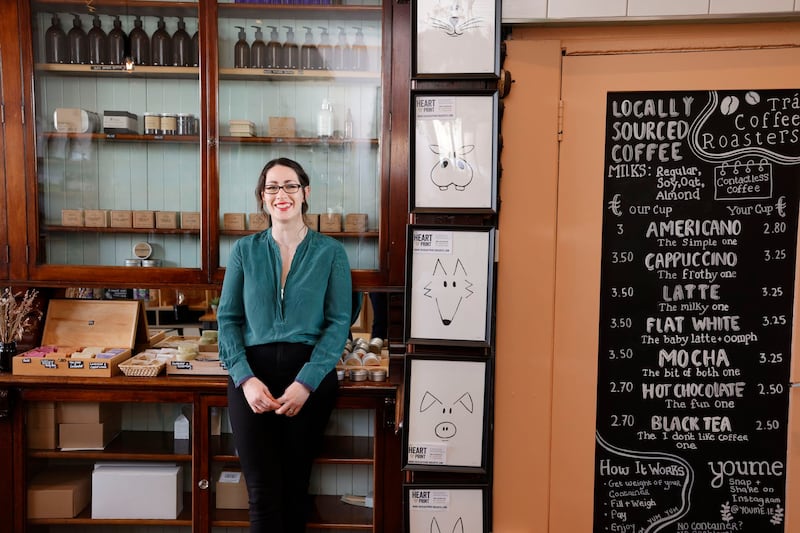
For Amy Orr, renting an old premises on the quays from the council was manageable, so she “took the risk” to open Youme, selling zero-waste food and body products. She says she has a great quality of life in Waterford. “There’s a lovely vibe now. I always love coming home to here.”
The council has resisted an excess of out-of-town shopping, says Michael Walsh, to focus on the centre. But, bar Penneys and Shaws, there’s a noticeable lack of bigger high-street stores. “You need a bit of that to bring the shoppers from Dungarvan and Kilkenny,” says one citizen. Others mention a paralysis while major retailers held off investing south of the estuary because of uncertainty about the development of the extensive north quays.
13. Potential
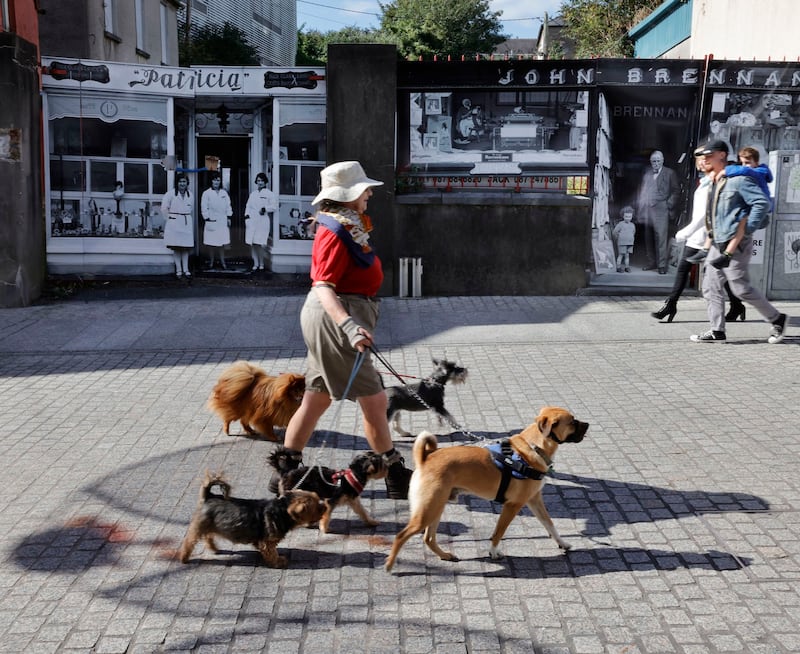
Planned development, with Saudi partners, of Waterford’s vacant north quays fell apart, but Walsh says the council is working “to bring new partners to the table” for a large mixed-use development. Meanwhile, a key piece of infrastructure to open up the north quays is coming: a sustainable transport bridge going across from the Clock Tower to an integrated transport hub (train, bus, walking, cycling, car). The council also has detailed plans to become carbon-neutral by 2040; Walsh hopes it will be the first Irish city to achieve that.
14. Weather
There are a few drier spots in Ireland, but rainfall here is low, temperatures are mild, and the southeast really does get more sunshine than the rest of the country.
15. A welcome
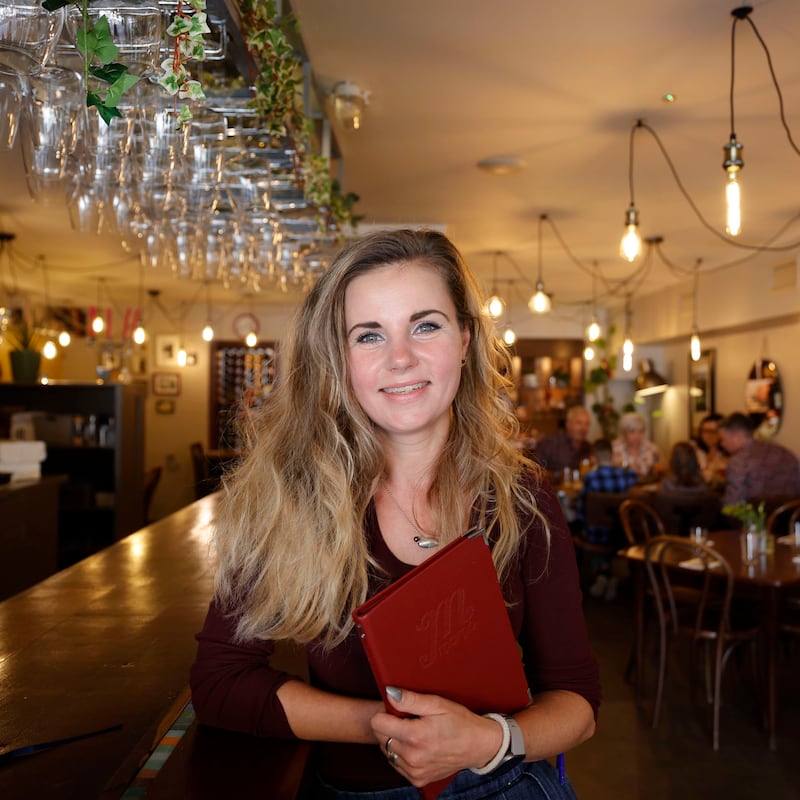
Although there are pockets of deprivation, as in any city, some residents talk about Waterford having less social stratification than elsewhere. None of the city’s secondary schools charges fees (although they often have long waiting lists).
Kamila Bystrzonowska, who is originally from Poland and arrived in Waterford in 2003, set up the well-regarded MoMo restaurant eight years ago. She felt immediately welcomed, and found it easy to interact with all sorts of people when she worked in a pub.
She also describes waiting for a bus one day in the “tough end of town” where she lived in her first weeks; a man cutting grass across the road stopped and walked over to tell her that the bus had just left and there wouldn’t be another for 40 minutes.
“I couldn’t believe it. People in Waterford just do nice things for you, without asking. Nobody is looking for something back. They are so helpful. It has a beautiful community, quality of life, and it’s safe. I couldn’t afford to buy a house in Dublin or Cork or Galway, but you can have it here. You have everything you need here.”
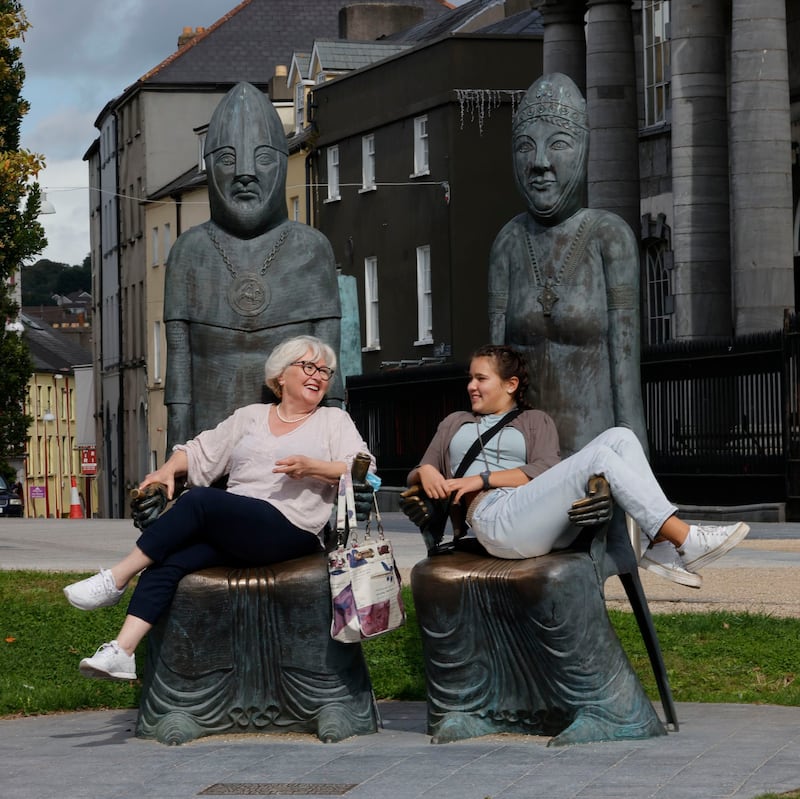
Waterford is not perfect, but having had a hard time of it for years has undoubtedly made the city more affordable, and now its tide is turning. So many people, both residents and outsiders, comment on how the city has blossomed in recent years. "Waterford is a place with such good bones," says Rosita Boland. Simon Wall says, "Waterford is an unassuming city, with a sense of its own independence. It appears not to compare itself with other Irish cities. With its extensive public-realm spaces and urban regeneration, what the city of Waterford has achieved over the past two decades is simply outstanding. It is an exemplar for this island."
Every stage of the competition is documented here

















